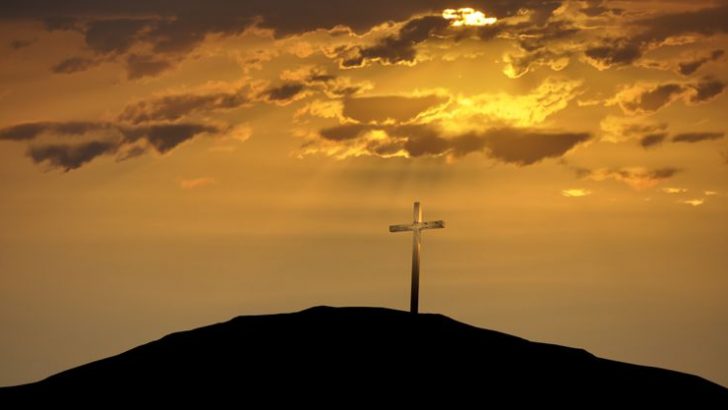For the believer, Holy Week and Easter is the culmination of the Faith when we mark the saving death and lifegiving resurrection of the Saviour.
Even if the non-religious relegate Easter to a mere festival of overindulgence in chocolate eggs, the glory of this festival transformed our world. The Carpenter of Nazareth revealed in the New Covenant a way of life that not only calls us to make our world a better place, but opened up the gates to eternal happiness in the world that is to come.
While the Jewish people knew their God was always with them through the Prophets urging them to hope for salvation, the Greeks and the Romans had modelled their gods as indifferent even capricious foes to be feared rather than loved. If interaction with the gods was necessary, it was pure supplication in a bid to assuage their anger.
In Jesus, God reveals himself as the God who chooses to walk alongside us. As the Letter to the Hebrews puts it: “It is not as if we had a high priest who was incapable of feeling our weaknesses with us; but we have one who has been tempted in every way that we are, though he is without sin.” (Hebrews 4:15).
Institution
The ups and downs of that first Holy Week from the triumphal procession on Palm Sunday through to the institution of the Eucharist on Holy Thursday, the passion and death on Good Friday, the emptiness of Holy Saturday and the Rising serve as a metaphor for our Church and world.
Holy Week with its mix of apparent defeat being transformed into triumph is also the story of our lives as individuals marked by sin and selfishness.
Even if Lent has not been as fruitful as we would’ve liked, or our commitment to pray, fast and give alms wavered, Holy Week is the week to begin again and feast on God’s mercy.
The reason the Church sets before us the obligation of going to Confession is not because it needs to tick a box beside our name, it is because we need it to help us grow in holiness of life and so lead other people to God. We do this in the midst of our sinfulness and inadequacy – not in spite of it. As Pope Francis has constantly reiterated since his election in 2013, God never tires of forgiving us – we tire of asking.
Like the earthly life of Christ, our lives are also marked by suffering and weariness. We get sick in mind, heart and body – we decay and we age. Those whom we love and love us get sick and die. Our plans come to nothing and are hopes are dashed. Just when it seems like nothing else can go wrong, something does and we are bowed low our only prayer our tears. It’s then that God sends an angel as he sent one to comfort and strengthen his Son in the agony of Gethsemane reminding us that we have no need to be afraid for God is on our side and will not forsake us.
This is our hope – the hope of the resurrection and the knowledge that our suffering has meaning. And that if we unite our sufferings to Christ’s, our suffering will be redemptive.
In his depiction of the resurrection, Piero della Francesca presents Christ to us as the unblemished king – with the exception of the wound to his side and the wound in the back of both his hands made by the crucifixion nails. Christ returned to the Father with the marks of his human condition and the painting reminds us that he is both God and man. The story of Easter is the confidence that we too – wounds and all – can look forward with joyful hope.
Happy Easter.
Michael Kelly is co-author of a new book with Austen Ivereigh How to Defend the Faith – Without Raising Your Voice – it is available from Columba Books .


 Michael Kelly
Michael Kelly